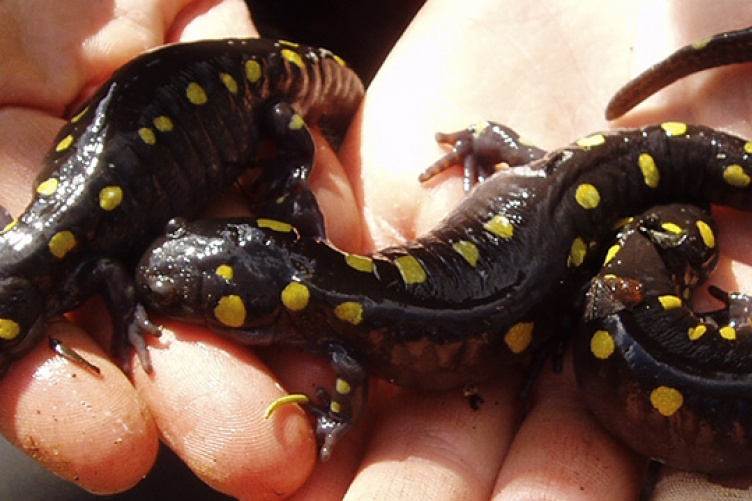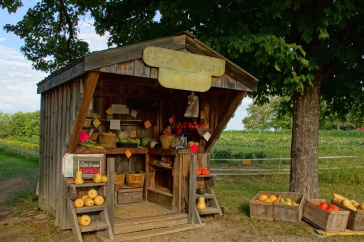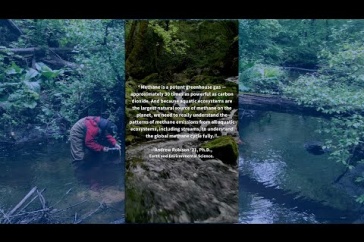
Dr. Jessica Veysey Powell, a post-doctoral fellow in wildlife ecology and human dimensions of environmental management, says landowners have many options for participating in vernal pool conservation.
Assessment and Land Management
As a first step, landowners can assess whether they have vernal pools on their own property. Landowners can ask their state department of fish and wildlife or their local conservation commission for assistance, or hire an environmental consultant.
If landowners have pools on their property or on property nearby, they should consider managing their land in a manner conducive to vernal pool life. The best management option is usually to leave the forest and vernal pool to their own devices. Active forest management can be compatible with vernal pool systems, however.
If landowners wishes to engage in forest management near vernal pools, she should consult her state’s best management practice manuals before conducting the work. These manuals will typically instruct landowners on how to minimize damage to vernal pools by doing things like leaving appropriate buffers around vernal pools, avoiding work within the pool itself, conducting logging during winter months, designing skidder trails so as to minimize erosion and run-off, and rotating cuts across the landscape/having sufficiently long return intervals.
Unlike forest management activities, development tends to permanently alter vernal pool systems and is less compatible with vernal pool conservation. In such landscapes, it is important to remember that not only should development steer clear of the pools themselves, but sufficient forest habitat needs to be conserved around and between the pools so that the animals using the pools have a place to live during the rest of the year and have habitat through which they can safely disperse to other pools.
Conservation
Landowners should consider three conservation goals:
- Maintain buffers around the pools to protect pool water quality, provide a staging ground for new metamorphs, and provide year-round habitat for adults and juveniles.
- Maintain forested patches near pools.
- Maintain forest and undeveloped corridors between neighboring pools so that animals can disperse more effectively between pools.
Another option is to officially place land into conservation. There are various methods to do this. One nonpermanent option is to place land into their state’s current-use program, which offers a tax break for as long as landowners keep their land undeveloped and actively participate in forest management. More permanent solutions include placing a conservation easement on their land or selling/donating the land to a land trust. If they elect the easement option, they can still retain ownership of the land.
All of these conservation actions will help vernal pool systems. Since upland habitat is important to the species that use pools, conserving land on one parcel can help to maintain the health of a vernal pool system on a neighboring parcel.
If there are no vernal pools anywhere near one’s land, one can still help with vernal pool conservation in a variety of ways. These include:
- Donating funds to a land trust or conservation organization devoted to vernal pool conservation.
- Working with neighbors or local conservation groups to identify vernal pools in your town/region. And subsequently, to protect these pools with easements or via acquisition.
- Sharing what you know about vernal pools and why you appreciate them with others in your community, in order to increase awareness and a desire to protect them.
-
Written By:
Lori Tyler Gula, PhD | NH Agricultural Experiment Station | lori.gula@unh.edu | 603-862-1452




















































